How the B-52 Lands in Crosswinds
Fear of Landing
JULY 11, 2025
A really rare and unique opportunity to see this Boeing B-52H Stratofortress, nicknamed the BUFF (Big Ugly Fat Fella), crabbing sideways on the runway after landing at RAF Fairford. This capability allows the B-52 with its narrow wheelbase and large tail to land and crab down the runway in a heavy crosswind conditions.

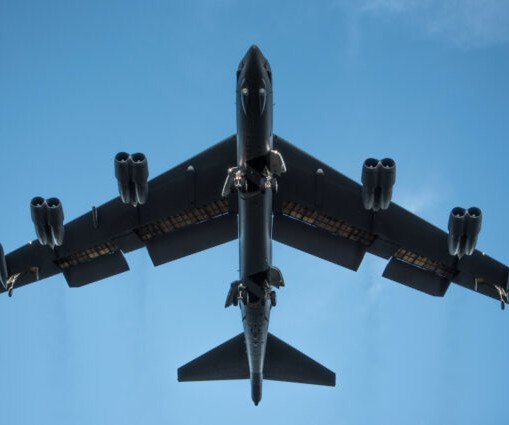






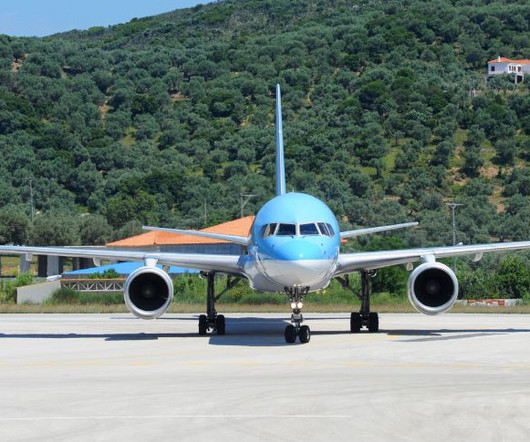

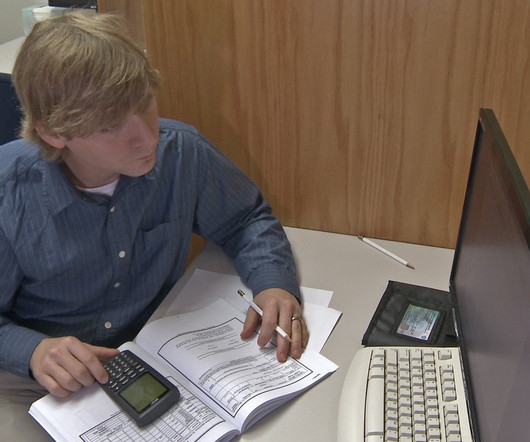



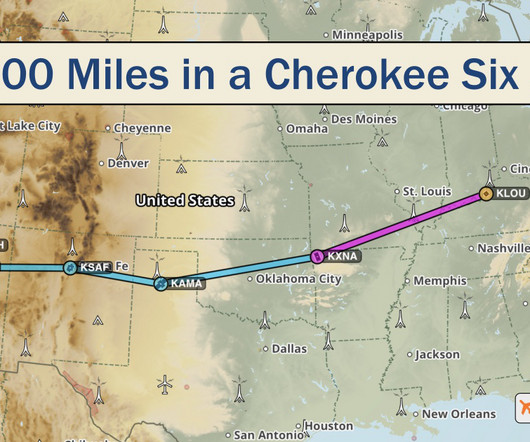
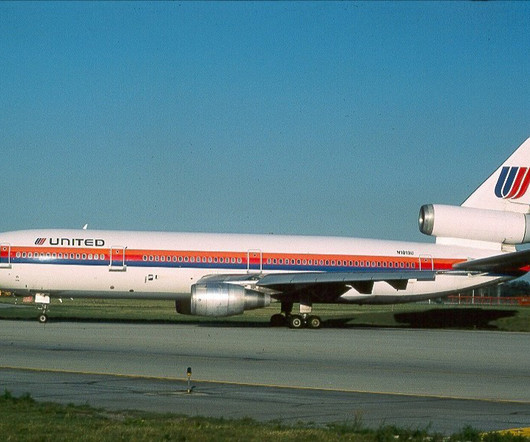
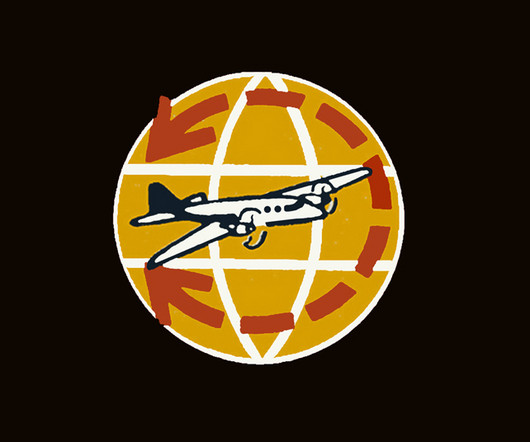






Let's personalize your content